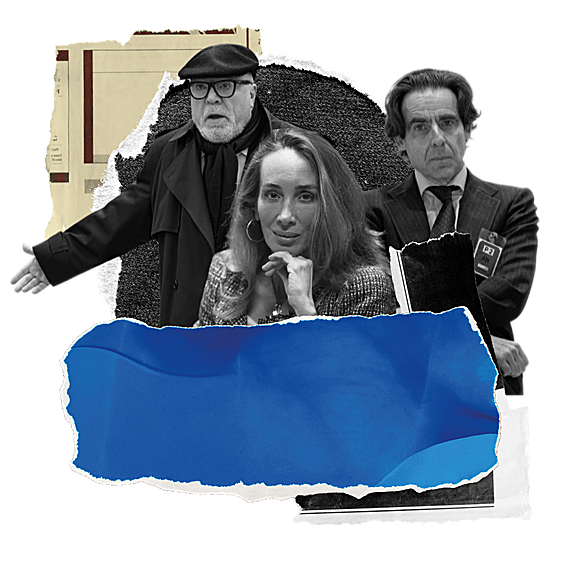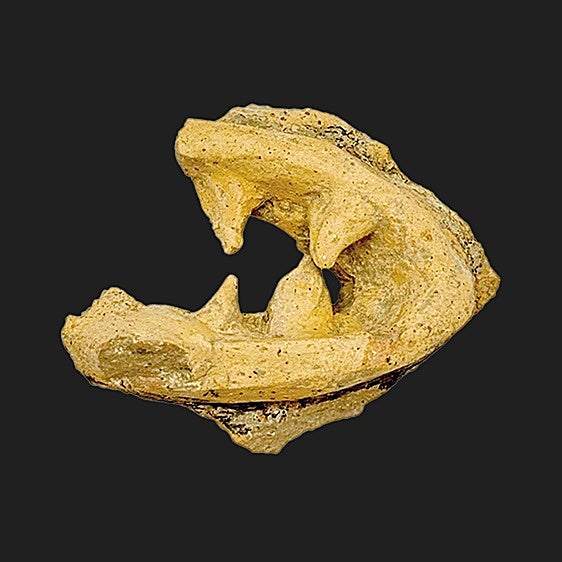Working on balance is a very healthy thing to do
Some simple exercises done every day can prevent elderly people suffering falls
Marta Fdez Vallejo
Friday, 12 August 2022, 12:32
Balance can provide clues to someone’s state of health. Try this test: attempt to stand on one leg, then close your eyes. Did you lose balance before ten seconds were up? Did you fall over?
Bad balance is another sign of not being in shape, of the body’s natural deterioration over time and even a sign of illness. It is very important not to lose sight of this ability.
We need to train our balance, because losing it is one of the main causes of elderly people falling.
Balance functions from a series of signals we transmit to the brain from different parts of the body: the eyes (visual), the inner ear (vestibular) and receptors of the skeletal musculature, joints and skin (proprioceptive), physiotherapist Raúl Ferrer explains.
If any of the organs are not working correctly, balance will be affected. For example, when we turn our head, the liquid inside the inner ear moves some small cilia - cellular structures - which send a message to the brain, which in turn gives orders to the muscles to keep us balanced. If this process fails, “we get that feeling of vertigo that comes with a loss of balance,” he says.
Our vision enables us to perceive what is around us, while the proprioceptive system, which is formed by multiple sensors distributed around our body which send electrical impulses to the brain, tells us where we are in relation to the space.
Failures in these systems can be caused by illness, so the first thing we should do when we notice a problem with balance is consult a doctor, warns Dr Ferrer, who is a professor at La Salle Centre of University Studies. Once serious illness has been ruled out, exercises can help to improve the ability to balance.
These are simple to do, for example standing on tip-toe and on one leg, or doing squats on one foot.
A second step in these exercises is to close your eyes while doing daily, routine tasks.
Dr Ferrer points out that virtual reality goggles are also being used nowadays to work on balance. “For example, it simulates that you are going down a roller-coaster and asks you to lift your hands in the air or stand up,” he says.
SA basic routine to follow
On the sofa: Stand up from the sofa and sit down again without using your hands and without jerking movements.
Tiptoes and heels: Keeping the body straight, stand on tiptoes first and then raise the tips of your toes to support yourself only on your heels.
On one leg: Stand on one leg for 10 seconds.
Repeat five times with each leg. You can do this at different times of day, for example when cleaning your teeth, cooking or even waiting for a bus.
Squats: Try to do squats on one leg. Repeat five times each side.
Lying down: Lying on the floor, move the head to each side, keeping your gaze fixed on one point.
Another variant of this exercise is to move your eyes from one side or the other, following an object, but keeping your head still.
Worse with age
Balance training becomes more important as people age, because ageing increases problems with vision, hearing and motor control.
In Spain, one in every three people over the age of 65 falls at least once a year, according to data from the TK Home Solutions company. And nearly five per cent of falls result in a bone fracture.
The vast majority of falls (around 80 per cent) occur to people over the age of 75, particularly women, and are associated with a high mortality rate (10 per cent die in the first month after a fall and 30 per cent within a year).
“It is important to start the exercises before the age of 60 if possible and to work, not only on balance, but also on resistance and flexibility to strengthen the muscles and the joints.
Nor should the musculature of the back and abdomen be forgotten, because they also contribute to better balance,” says Leandro Palomo, the head of Health and Safety at the company.
Resistance work, Raúl Ferrer explains, is not directly related to balance, but “it will always be more beneficial to have stronger muscles”.
What he does consider essential, however, is that each person adapts the exercises to the causes that result in a lack of balance.
The experts warn that the most common exercises recommended for older adults to keep in shape “focus on resistence and aerobic training”.
For example they recommend long walks every day, but they usually leave aside exercise which is aimed at improving our balance.
“We can’t get people to go out walking if their balance doesn’t allow them to do it,” says Daniel López Fernández, a physiotherapist and lecturer at the University of Gran Canaria.
“For that reason, we need to encourage people to take part in any activities which help them to improve this skill in all its variants.
These can range from posture control standing on both legs to supporting yourself on one foot, on stable and unstable surfaces and even sitting down,” he says.
“Better balance means greater safety for older people, and that is very important”.



-kuZC-U170965147356GkB-1968x1216@Diario%20Sur.jpg)